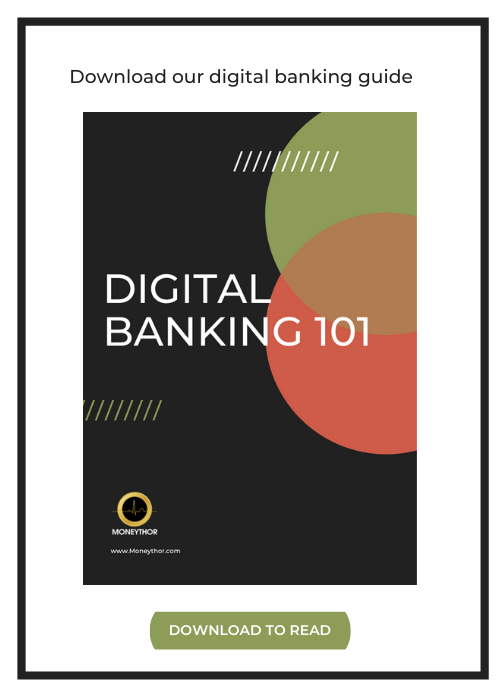In Europe, new banks have been establishing themselves over the last few years, using a European fintech banking license to disrupt the market there and bring customer-centric banking to the region. With the introduction of digital banking licenses in Hong Kong and plans to grant similar licenses in Singapore and Taiwan, the same level of disruption is expected in Asia.
The future of cashless and branchless banks is becoming a reality, but not all digital banks are created equal and not all offer the same products and services. With so many new banks and financial services providers emerging it can be difficult to differentiate between the various categories of modern banks.
One option for categorising modern banks is by the type of banking license they have.
There are four main types of digital banking license, these include:
- Traditional Banking License
- Fintech/Digital/Virtual banking license
- Extended Banking License
- E-money license
- Traditional Banking License
As the name suggests, banks with this type of license follow a traditional formula for offering financial products and services, they include a physical presence, with widespread branches and large-scale operations. Many traditional banks are looking for ways to reduce their branch numbers to cut costs and are focusing on digitalising their systems in order to keep up with new players in the industry.
Thanks to Banking-as-a-Service and the emerging API infrastructure, new financial players can piggyback off of an incumbent banks licensing making it a lot simpler to launch financial products and services.
- Fintech/Digital/Virtual Banking License
This license has many names and has been launched by financial bodies around the global. In Europe the fintech license has existed for years, in Hong Kong, new players are launching thanks to virtual banking licenses and in Singapore applications are being reviewed to see who will be granted a digital banking license. Thanks to these licenses, new digital-only banks are emerging that offer the same products and services as a traditional bank but without branches and with a laser-focus on online customer experience. Challenger banks such as Monzo, Starling and N26 are able to provide customers with deposit accounts, loans and payment services all through digital-only channels and without physical branches.
- Extended Banking License
Providers using this license are digital-only banks that leverage a parent bank’s license to offer a broad scope of financial products and target a distinct group of customers.
Digital banks are distinct from their parent bank, with a unique brand, service offering and often with separate offices and leadership teams. Examples of this are Max by Credit Mutuel Arkea, Up by Bendigo and Adelaide Bank or the now-defunct Finn by JP Morgan Chase, which was setup to target the millennial market.
- E-money License
With only an e-money license or similar, E-money institutions (EMIs) or Payment Service Providers (PSPs) do not have full banking licenses and are restricted when it comes to the range of payments and banking services they can offer to customers. Generally, they offer payment services such as money transfer and currency exchange. TransferWise and InstaReM both use e-money licenses to offer payments services.
Other examples of companies that have acquired e-money licenses include Google, Facebook, Amazon and Apple. While each of these big tech firms have launched various payments products, we have yet to see any of them make the full jump into financial services. It remains to be seen exactly what these giants plan on doing with their e-money licenses.
New banking licenses have made markets more competitive, brought financial products and services to the unbanked and made financial management easier for customers. The banking industry will continue to change for the better as more countries roll out similar licensing options.
Blog post updated July 2020


